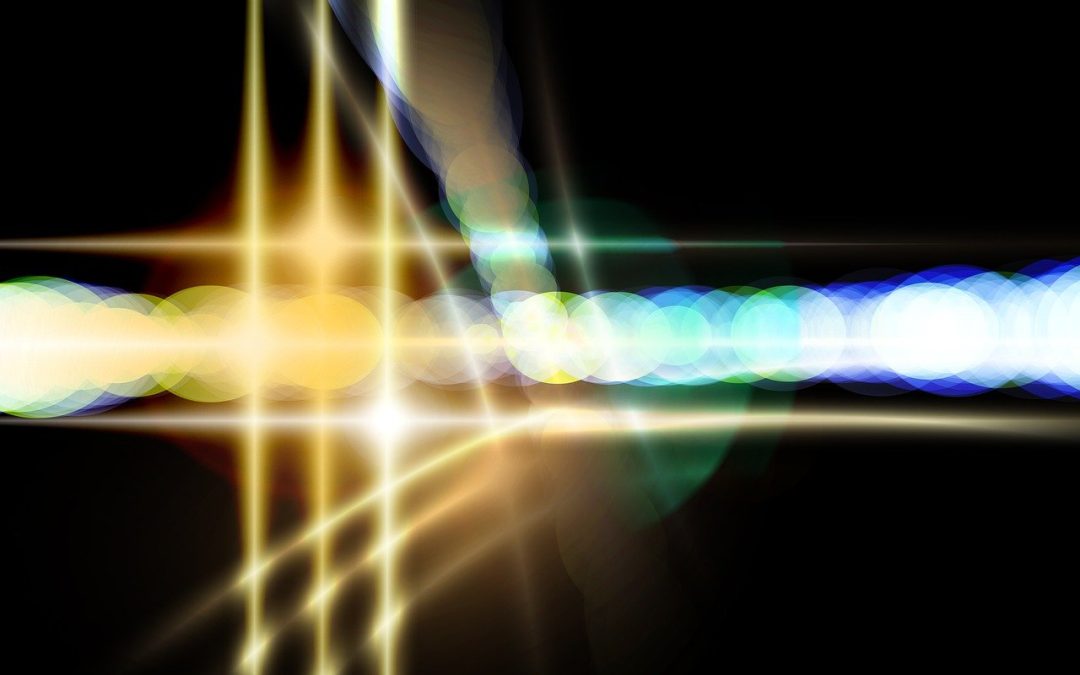arXiv:2412.04513v1 Announce Type: new
Abstract: This paper aims to explore the quasinormal modes (QNMs) and effective potential profiles of massless and rotating BTZ black holes within the frameworks of $f(mathcal{R})$ and Ricci-Inverse ($mathcal{RI}$) modified gravity theories, which, while producing similar space-time structures, exhibit variations due to distinct cosmological constants, $Lambda_m$. We derive wave equations for these black hole perturbations and analyze the behavior of the effective potential $V_{text{eff}}(r)$ under different values of mass $m$, cosmological constant $Lambda_m$, and modified gravity parameters $alpha_1$, $alpha_2$, $beta_1$, $beta_2$, and $gamma$. The findings indicate that increasing mass and parameter values results in a raised potential barrier, implying stronger confinement of perturbations and impacting black hole stability. Incorporating the generalized uncertainty principle, we also study its effect on the thermodynamics of rotating BTZ black holes, demonstrating how GUP modifies black hole radiation, potentially observable in QNM decay rates. Additionally, we investigate the motion of particles through null and timelike geodesics in static BTZ space-time, observing asymptotic behaviors for null geodesics and parameter-dependent shifts in potential for timelike paths. The study concludes that modified gravity parameters significantly influence QNM frequencies and effective potential profiles, offering insights into black hole stability and suggesting that these theoretical predictions may be tested through gravitational wave observations.
Analysis of Quasinormal Modes and Effective Potentials in Modified Gravity Theories
In this paper, we explore the quasinormal modes (QNMs) and effective potential profiles of massless and rotating BTZ black holes within the frameworks of $f(mathcal{R})$ and Ricci-Inverse ($mathcal{RI}$) modified gravity theories. These theories, although producing similar space-time structures, exhibit variations due to distinct cosmological constants, $Lambda_m$.
Wave Equations and Effective Potentials
We derive wave equations for the perturbations of these black holes and analyze the behavior of the effective potential $V_{text{eff}}(r)$ under different values of mass $m$, cosmological constant $Lambda_m$, and modified gravity parameters $alpha_1$, $alpha_2$, $beta_1$, $beta_2$, and $gamma$.
The findings of our analysis indicate that increasing mass and parameter values result in a raised potential barrier. This higher potential barrier implies stronger confinement of perturbations and has implications for black hole stability.
Impact of Generalized Uncertainty Principle (GUP)
Incorporating the generalized uncertainty principle (GUP), we also study its effect on the thermodynamics of rotating BTZ black holes. We demonstrate how GUP modifies black hole radiation, potentially observable in QNM decay rates.
Motion of Particles Through Geodesics
Additionally, we investigate the motion of particles through null and timelike geodesics in static BTZ space-time. We observe asymptotic behaviors for null geodesics and parameter-dependent shifts in the potential for timelike paths.
Conclusions and Future Roadmap
Our study concludes that modified gravity parameters have a significant influence on QNM frequencies and effective potential profiles. These findings offer insights into black hole stability and suggest that these theoretical predictions may be tested through gravitational wave observations.
For future research, there are several potential challenges and opportunities on the horizon:
- Further exploration of the impact of modified gravity parameters on the stability and properties of black holes in different space-time configurations.
- Investigation of the implications of GUP on other phenomena related to black hole thermodynamics and radiation.
- Study of the effects of modified gravity theories on other astrophysical objects and phenomena, such as neutron stars and gravitational lensing.
- Development of experimental strategies to test the theoretical predictions using gravitational wave observations and other observational techniques.
- Consideration of possible extensions of the current theories, such as higher-dimensional modifications or inclusion of additional interaction terms.
In summary, the exploration of quasinormal modes and effective potentials in modified gravity theories provides valuable insights into the behavior of black holes and the implications of alternative gravitational theories. The future roadmap outlined above promises exciting opportunities to further our understanding of these phenomena and to test the predictions of these theories through experimental observations.
